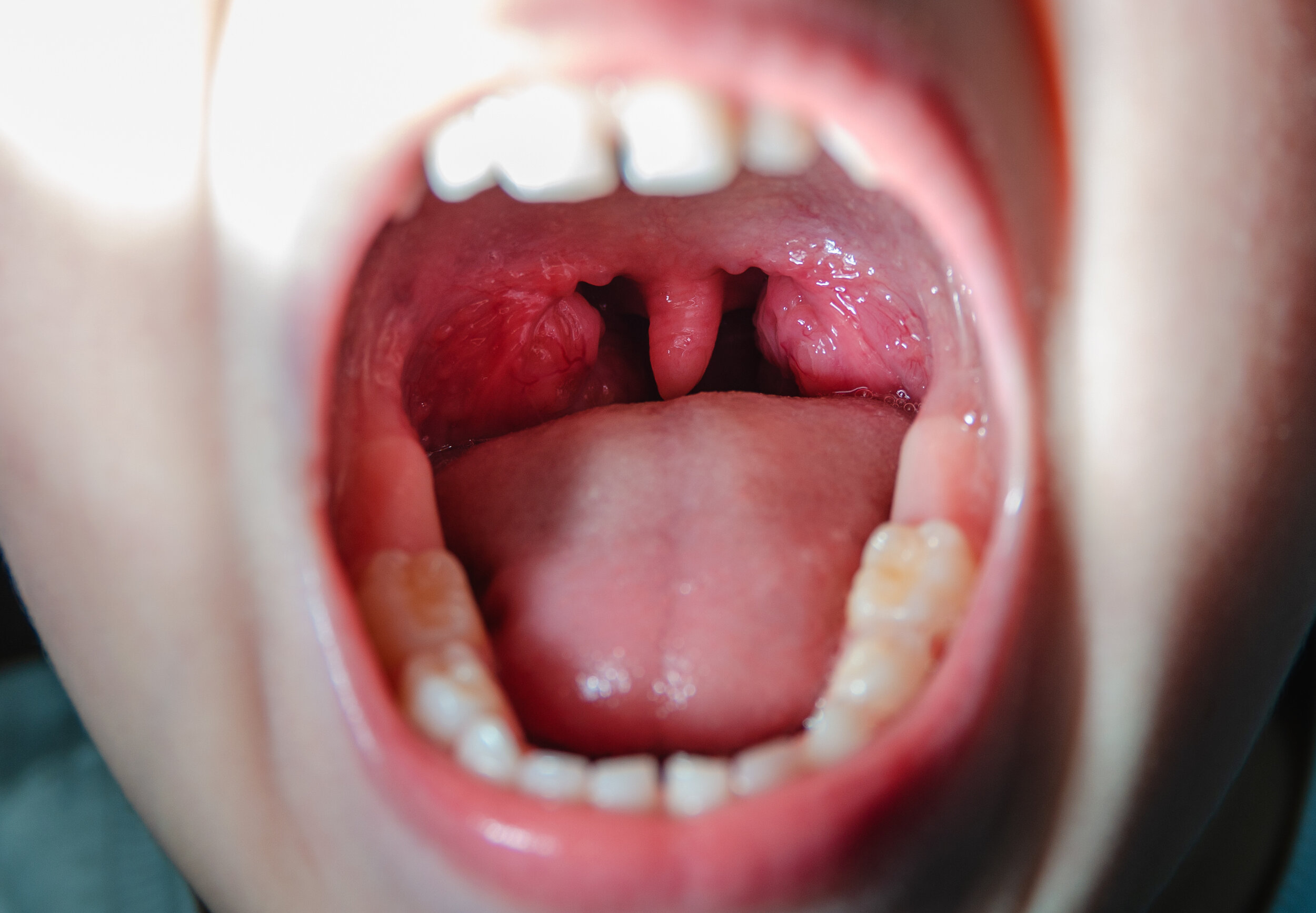Conditions: Obstructive Sleep Disordered Breathing (including Obstructive Sleep Apnea)
Obstructive sleep apnea is a dangerous but often unrecognized condition in which the upper airway collapses during sleep, blocking breathing for a time until waking up restores airflow. This can occur in kids as well as adults, although the causes and treatments are different. Obstruction of the airway can occur hundreds of times a night, and each episode may last long enough to cause low oxygen in the blood and an alarm type response from the body, including adrenaline output, high blood pressure, fast or irregular heart rhythm, not to mention a lack of effective sleep. Some form of treatment is necessary.
diagnosing obstructive sleep disordered breathing
Obstructive sleep disordered breathing is simply when airflow is not free and easy during sleep. Sleep disordered breathing progresses in severity from snoring, to upper airway resistance, and then obstructive sleep apnea. Obstructive sleep apnea is is characterized by repeated episodes of complete or partial obstructions of the upper airway during sleep, despite the effort to breathe, and is usually associated with a reduction in blood oxygen saturation.
People with obstructive sleep apnea are rarely aware of difficulty breathing, even upon awakening. It is often recognized as a problem by others who observe the individual during episodes or is suspected because of its effects on the body, most commonly excessive daytime sleepiness or decreased mental sharpness. The problem may be present for years without identification, during which time the individual may become conditioned to the daytime sleepiness and fatigue associated with significant levels of sleep disturbance. Individuals who generally sleep alone are often unaware of the condition, without a regular bed-partner to notice and make them aware of the signs. People with long-standing obstructive sleep apnea will often sleep for brief periods of time during the day when given an opportunity to sit or rest.
About Pediatric obstructive sleep apnea
In kids, especially children less than 8 years old, the predominant cause for obstructive sleep apnea is enlargement of the tonsils and adenoids. Childhood obesity and decreased muscle tone (as seen in Down syndrome) are additional factors in some individuals. A parent’s description of restricted or noisy breathing during sleep and possible note of bedwetting, morning headaches, aggressive behavior, and difficulty waking the child up in the morning may be sufficient for a clinical diagnosis. Paradoxically, many children with sleep disordered breathing appear over-active and resist going to sleep. A sleep study is a more objective way to diagnose it, and is safe, but does take some time and effort. Untreated obstructive sleep apnea in children leads to behavioral problems, stunted growth, and worse school performance.
about adult obstructive sleep apnea
In adults, obstructive sleep apnea tends to arise more from general crowding of the throat due to a large tongue or soft palate or obesity than to large tonsils or adenoids alone. During sleep, muscle tone decreases, allowing the throat to collapse more, and consciousness is lost so that airway blockage is not readily identified and corrected. Factors promoting adult obstructive sleep apnea include aging (as the throat tissues relax and lengthen), obesity (adding to crowding of the throat airway), and decreased muscle tone (such as from alcohol, sedating drugs, or neurologic problems) , and brain injury. Diagnosis may be made clinically on the basis of a bed partner’s description or by obtaining a sleep study. Untreated sleep apnea puts one at significantly increased risk of death, heart attack, stroke, motor vehicle accident, depression, and high blood pressure, among other conditions. Nasal airway obstruction contributes to increased airway resistance and may worsen obstructive sleep apnea.
Sleep study (polysomnogram)
Symptoms of sleep apnea usually include loud snoring, restless sleep, and excessive daytime sleepiness. A sleep study records several key measurements during a night of sleep. The gold standard, called the polysomnogram (PSG), is performed in a sleep lab room set up like a hotel room, and records many types of data (brain waves, eye movement, nasal and oral airflow, muscle tone, body position, chest and abdomen respiratory effort, heart monitor, blood oxygen monitor, and microphone over the windpipe) to give the most comprehensive and accurate picture. A sleep study performed in the sleep lab may be a split night study, which also includes a trial of continuous positive airway pressure which may demonstrate correction of the sleep apnea and show the lowest air pressure settings required for correction. Home Sleep Apnea Tests (HSATs) may be used on patients at least 18 years of age and measure only some of the data obtained from a PSG, specifically oxygen saturation, respiratory effort, and nasal airflow. HSATs are more convenient and usually more likely covered by insurance for initial testing than PSGs, but are less accurate and less informative.
fiberoptic exam of the throat (flexible laryngoscopy)
An effective method to assess the location of narrowing in the upper airway is by to examine it with a small, flexible scope, which passes in one nostril and goes back to the throat. During this brief procedure, a maneuver to demonstrate collapsability of the throat is done, in which the mouth is closed, the nostrils are blocked, and the patient attempts to breathe in. The throat may collapse partially or fully, at the level of the soft palate or base of tongue, and the narrowing may be circumferential or more in a single direction. The information gained from this Mueller maneuver indicates how successful a particular surgical technique may be. For example, if the soft palate collapses from front to back, a procedure to shorten the soft palate would likely be more effective than if the collapse were circumferential and lower in the throat.
This page







